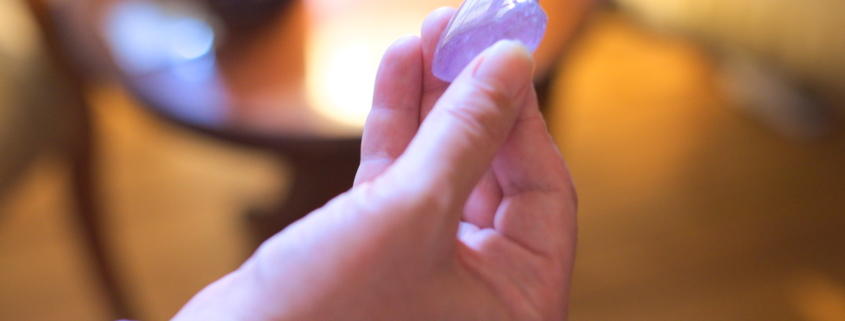What makes a massage Tantric? There are a number of elements, but these are the essential ones:
- a lot of us have had massages which, although they might be done by someone with a lot of anatomical skill and experience, somehow just touches our body. It don’t touch us. A tantric massage is touch which is in loving service to you as a person through your body, in all your uniqueness. Because this is so, every tantric massage is unique. ‘Tantric Massage’ is often a euphemism used by sex workers towards male clients, where it is understood to mean a very cursory touching of the body generally, swiftly leading to genital touch with the understood aim of orgasm. A real tantric massage is not like that. It may involve genital or other intimate touch, that’s up to you, but there’s no aim. It’s not about evoking a particular response from you. It’s about deep connection, both between the giver and the receiver, and within the receiver. When you receive a tantric massage, you are completely accepted, and so can be completely accepting of yourself: everything you feel, everything you experience, is valid.
- the giver of the touch is entirely in loving service to you, but in a particular way. Obviously, anyone could be in service to you too. Not to be funny about it, that’s the essence of capitalism. You want – or believe you want – something, a price is agreed, then that something is done. But this is very different. The giver of the massage is in service to you in the moment, is in deep communication with you through your body. And that allows something new to happen. Giving a tantric massage is an act of devotional love.
- there will be a ceremonial holding of some sort. This varies amongst practitioners. The pre-eminent tantric massage practitioner in Scotland, Lynn Paterson [she’s in my Links page] has quite an elaborate ritual before the massage, I have very little, but the intention is the same, to create a sacred space where the giver is completely safe and completely accepted, and all experience is welcome
- the giver will not sexually interact with you. The touch is just one-way and will be within the boundaries agreed at the start of the session. If you don’t want intimate touch at the start of the session, you don’t get to change your mind during it, because there needs to be a safe container. Practice varies among practitioners, some remain clothed and some don’t. But my practice has always been to remain clothed throughout the session.
- the receiver is completely present and open to the touch, and does not have a specific goal, but is encouraged to have an intention. For example, to feel more, to be more embodied, to be open to whatever arises, and so on. It’s the opposite of the false “tantric massage”: there isn’t something to get, and because of this you can experience yourself in all your aspects: sensual, energetic, erotic, fluid, limitless
- the essence is Yin, not Yang.Yang touch is what we’re generally familiar with. It is goal directed. It is intended to bring about a particular effect. It is focused on increasing arousal. As arousal increases, the touch is liable to get stronger and faster. The touch is very focused on the place of arousal, and tends to ignore the rest of the body, and the rest of the experience. It’s the kind of touch we’re liable to unthinkingly acquire when we first learn masturbation as kids, anxious about being discovered. Yin touch -tantric touch – is completely different. The aim is expansion and opening; spaciousness and exquisite feeling. And within all of that, pleasure and arousal occur, but arousal isn’t the point. With Yang touch, over time people tend to need more to get the same outcome. They feel they need to break through a glass ceiling, or force themselves over the finishing line. Yin touch isn’t like that at all. It is like creating a vast and changing land of pleasurable receptivity, which gets larger and deeper and more vivid the more you allow yourself to just be there, and which is characterised by wonder and surprise. I call this The Erotic Body, and there’s a link to my October Sex Lectures talk on the Homepage, where I discuss this more.
- You might also be interested in ‘Tantric Massage For Women’, which you can read here.
More articles here
Contact me here




